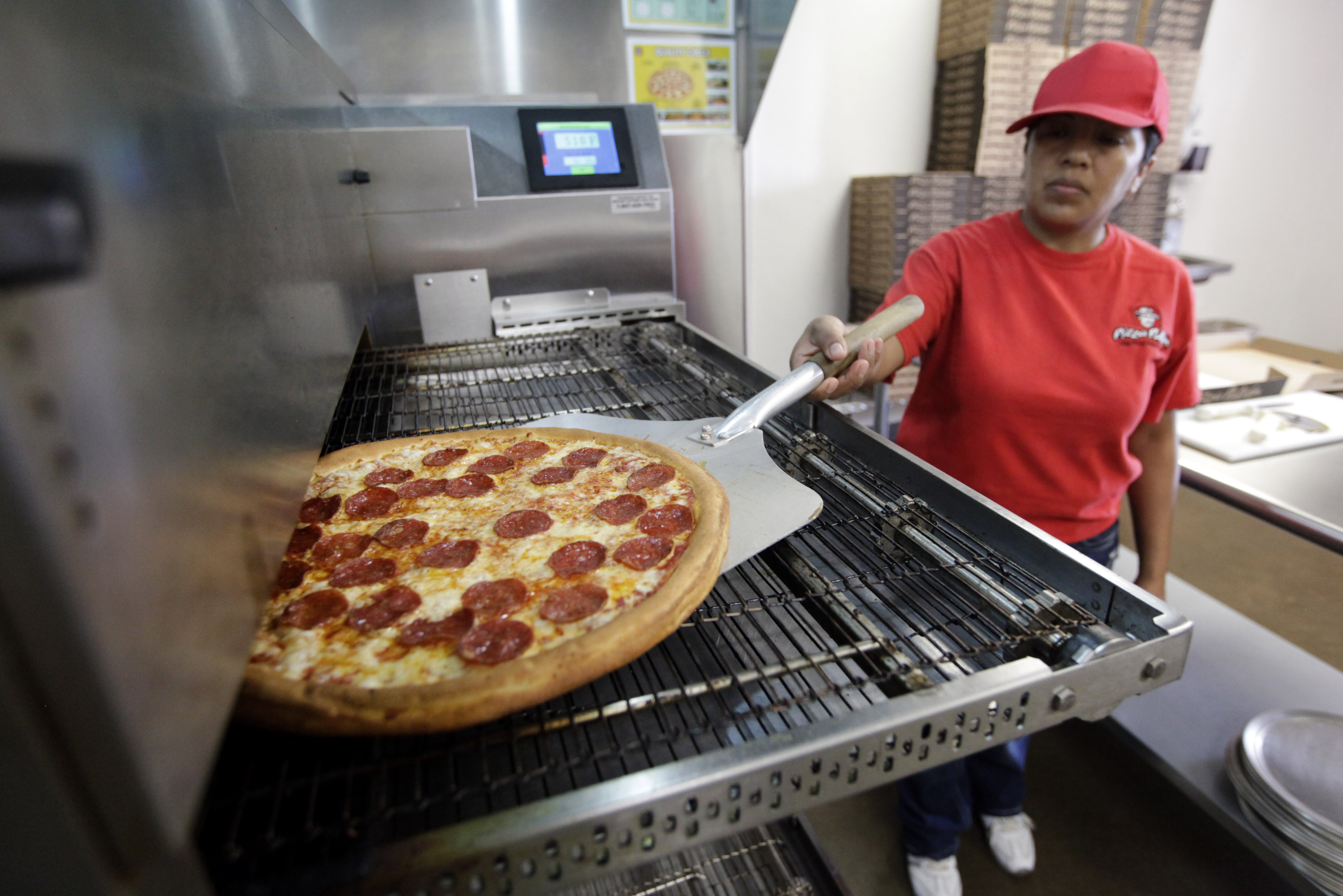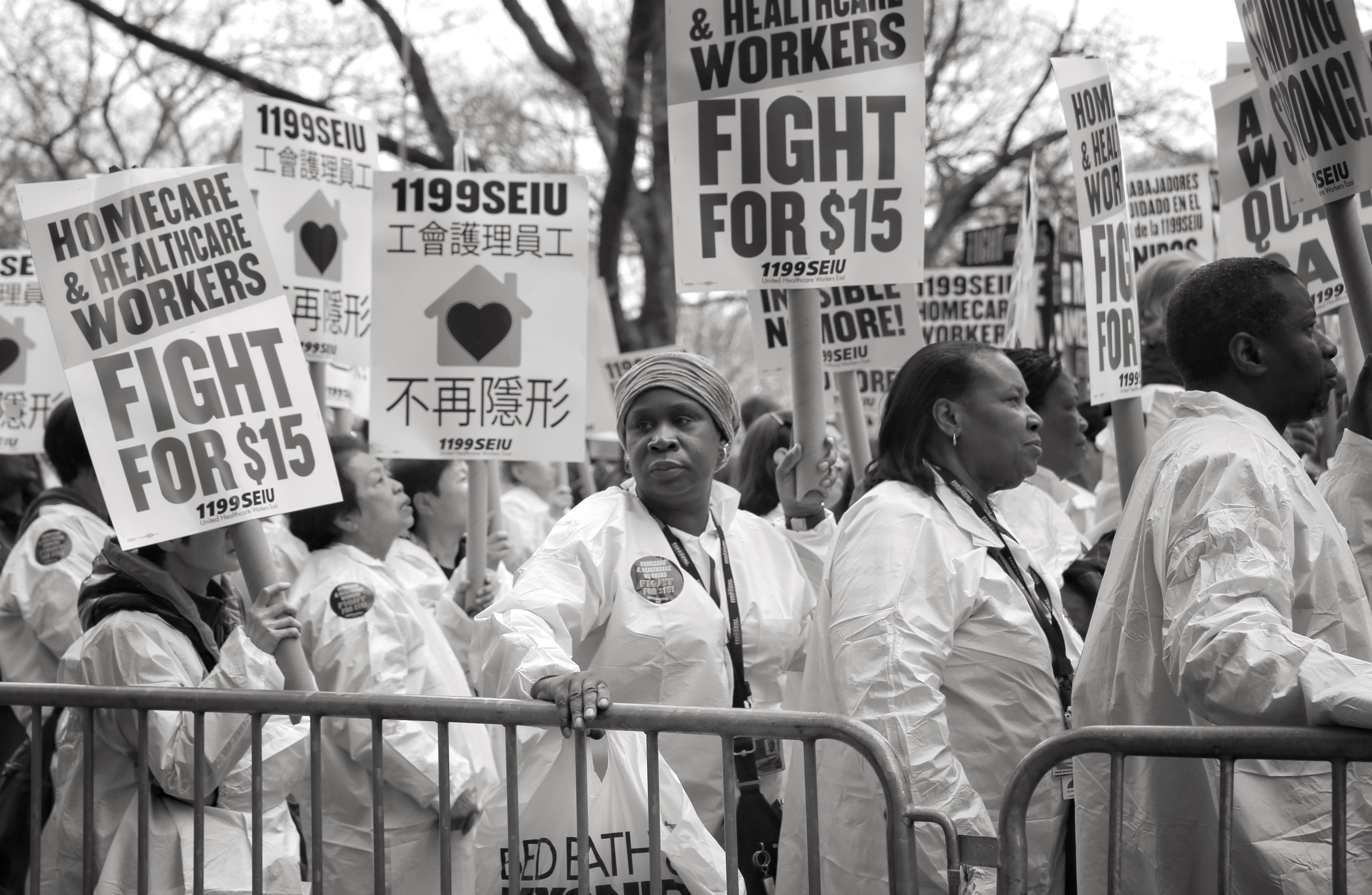One of the most effective ways to combat poverty among current and future generations is to maintain a full employment economy. The point should be straightforward: when the labor market is strong, or “tight,” it offers increased employment opportunities for those at the bottom. Disadvantaged workers are not only more likely to find employment in a tight labor market, they are also in a better position to secure higher wages as employers are forced to compete for labor. This can allow millions of workers the opportunity to raise themselves and their families out of poverty.
We got a chance to see this story in practice in the boom of the late 1990s, when the unemployment rate fell to its lowest levels in almost three decades, settling at a year-round average of four percent in 2000, the peak year of the boom. In this period, wages rose rapidly at all points along the income distribution, with workers at the bottom of the ladder actually achieving the largest gains.
The same principle would apply today, with the gains of a tight labor market going disproportionately to the most disadvantaged. The unemployment rate for African-Americans is typically two to two-and-a-half times that of whites. This means if we can lower the unemployment rate for whites by one percentage point, it is likely that the unemployment rate for African-Americans will fall by two percentage points. For African-American teens, the ratio hovers near six to one, meaning that a one percentage point drop in the white unemployment rate is likely to be associated with a six percentage point drop in the unemployment rate for African-American teens.
Get TalkPoverty In Your Inbox
But even if we accept that full employment is especially important for the most disadvantaged groups, there is still the question of how we get there. At present, the biggest obstacle to higher levels of employment is inadequate demand for goods and services in the economy. If there were more demand, we would see more people employed.
The first place to turn to for policies that boost demand and employment is the Federal Reserve Board. While the Fed did take extraordinary measures in an attempt to boost the economy during the downturn, its current policy of raising interest rates goes 180 degrees in the opposite direction. Higher interest rates make it more expensive to buy a car or house. They also discourage companies from increasing investment in equipment, software, and buildings, and deter state and local governments from investing in infrastructure. Higher interest rates also prevent people from refinancing mortgages, which would save them money on their monthly payments.
The reason the Fed raises interest rates is to slow the economy and prevent inflation. While there are indeed times when inflation could be a problem, our economy isn’t currently suffering from excessive inflation—nor is it in danger of doing so any time soon. In this context, any Fed rate hikes will needlessly slow the economy and prevent people from getting jobs. And while the small rate hike in December likely did not have much negative effect on the economy, any further rate hikes almost certainly would seriously impede growth. It is therefore important that the Fed exercise caution with any future rate hikes and only take this step if there is a real threat of inflation.
But even if the Fed can be persuaded not to restrain growth, we will still likely need more demand in the economy to return to full employment. The most obvious way to generate demand is with more government spending, ideally through public investment. This approach has the great advantage of creating more jobs today and making ourselves richer in the future. For example, spending to promote clean energy—whether in the form of research or subsidies for the use of solar and wind power—will lessen the damage that we do to the environment, leaving less harm for future generations to deal with. Spending on physical infrastructure and mass transit will speed transportation times and reduce gas use. Money for education will give us a better trained and more productive work force.
We can also pursue full employment by reducing our trade deficit, which is running at an annual rate of more than $500 billion, or a bit less than three percent of GDP. This is money that is creating demand in other countries, while more balanced trade would create greater demand in the United States. Ordinarily the mechanism for reducing the trade deficit is a lower value for the dollar. That reduces the price of U.S. exports for people living abroad while raising the price of imported goods for people living in the United States. The result is that we export more and import less, bringing the trade deficit closer to balance and creating jobs.
However, lowering the value of the dollar is probably not a plausible strategy in the current world economy. With most of our major trading partners experiencing weaker growth than the United States or even recessions, we cannot expect them to absorb a hit to their trade balance. But we should keep a lower valued dollar on the to-do list for better economic times since the trade deficit is a key obstacle to maintaining full employment.
Finally, we can move towards full employment by reducing the supply of labor, specifically by lowering the average number of hours that people work. It used to be the case that workers took a portion of the benefits of productivity growth in the form of more leisure. While that has not been true in the United States to any great extent over the last four decades, workers in other wealthy countries have continued to see reductions in the length of the average work year and/or workweek.
Indeed, across Europe, four to six weeks of paid vacation annually is standard. Workers have paid sick days as well. By reducing the number of hours per worker, there is increased demand for more workers. This story explains how Germany managed to lower its unemployment rate in between 2008 and 2009 even though it experienced a more severe recession than did the United States. By promoting policies that spread work among more workers, the government can hope to create a tighter labor market, which will also give workers the bargaining power they need to obtain higher wages.
Although full employment is not the complete solution to poverty, reaching it would go a long way. It should also be an area of bipartisan agreement. After all, conservatives are supposed to like the idea of people working hard to lift themselves up. But they can only work hard if jobs are available, and they can only lift themselves up if their wages are just.








